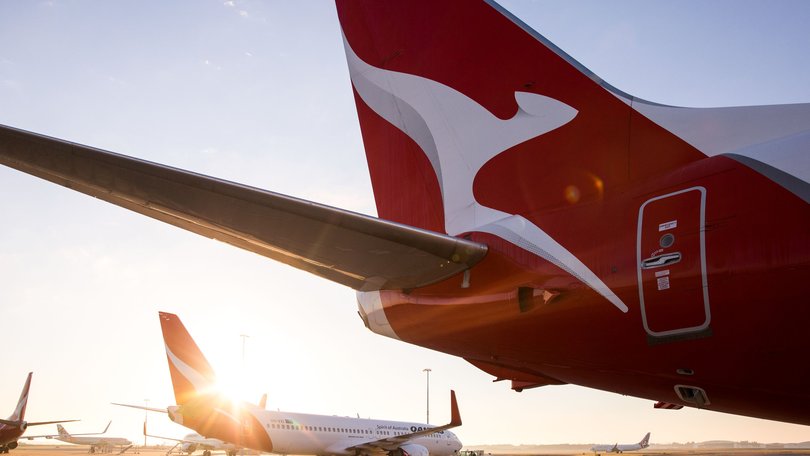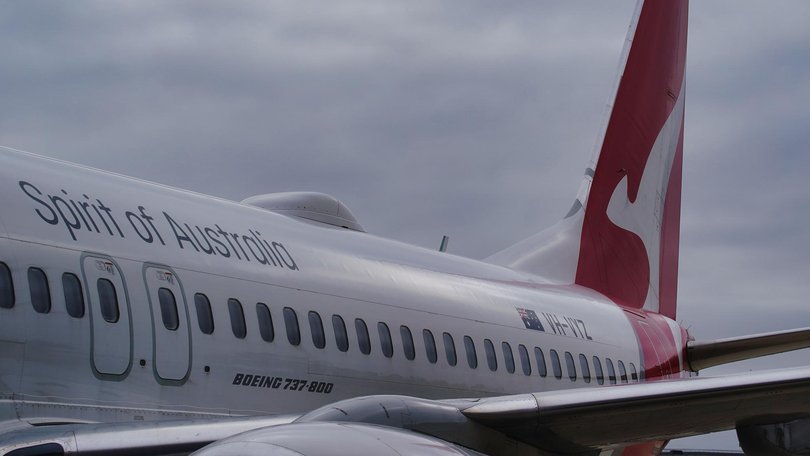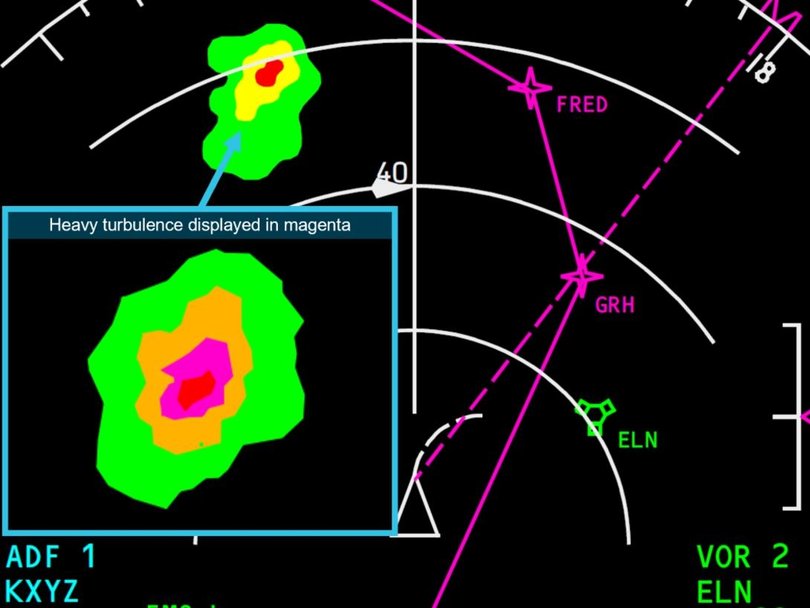Qantas promises staff safety overhaul following turbulence event that injured cabin crew

Qantas has promised to step up its staff safety procedures following a shock turbulence event that injured three cabin crew.
The incident happened on descent into Brisbane Airport during a Sydney to Brisbane flight in early May.
About 36km out from the airport, the aircraft experienced unexpected and severe turbulence, with three cabin crew unrestrained as the plane started shaking.
Sign up to The Nightly's newsletters.
Get the first look at the digital newspaper, curated daily stories and breaking headlines delivered to your inbox.
By continuing you agree to our Terms and Privacy Policy.Two crew members received minor injuries, including a facial injury and concussion, while a third was seriously injured with a fractured ankle, an ATSB report into the event released this week has revealed.
“The ATSB found that the captain did not inform the cabin crew about the expected turbulence during descent, likely due to not being aware of its severity,” the safety agency said.
The turbulence event was then followed by a communication breakdown between different parts of the cabin, with the pilot landing the plane despite three crew members and a passenger still unrestrained.
“Following the turbulence, the captain instructed all passengers and crew to return to their seats and fasten seat belts.
“However, two cabin crew and two passengers remained unrestrained in the rear galley to assist the seriously injured crew member during landing,” the report states.

“When the flight crew were informed of this, the captain repeated the instruction that everyone besides the injured crew member was to return to their seats for landing.
“Assuming the cabin would be secured after the repeated instruction, the flight crew proceeded with the landing, unaware that four crew and passengers remained unrestrained.”
The aircraft, a narrow body twin-engine Boeing 737-800, was fitted with a weather radar system that detects and locates precipitation bearing clouds on the flight path, giving pilot a visual indication in colour of a cloud’s intensity.
“The captain did not recall identifying areas of turbulence on the weather radar on descent or report that they were experiencing any difficulties operating the weather radar,” the report states.
On descent, the captain observed “an approaching cumulus cloud” along the flight path but determined it did not pose an immediate hazard based on a visual assessment and the lack of radar indications, the report found.
“As a result, the captain did not perform the ‘turbulence’ PA, which would have prompted the cabin crew to immediately secure themselves in the nearest seat or wedge themselves in the aisle to prepare for the turbulence encounter.”

After the event, a crew member who suffered an undiagnosed concussion then worked on subsequent flights.
The ATSB said Qantas “lacked a procedure to ensure cabin crew fitness was assessed after a significant injury”.
“This increased the risk that a crew member could continue to operate while being unfit for duty,” the report states.
In response to the investigation, Qantas said it would overhaul its medical assessments processes, “regardless of visible impact”.
“Following an internal investigation, we promptly expanded our Group-wide medical escalation and post-incident medical assessment processes, ensuring all crew on-board a flight are assessed following an incident, regardless of visible impact,” a Qantas spokeswoman told NewsWire.
The investigation drew on information from the captain of the flight, the customer service manager, the R2 primary cabin crew member, Qantas, Qantas’ safety manager, the Civil Aviation Safety Authority and the Bureau of Meteorology for its report.
Originally published as Qantas promises staff safety overhaul following turbulence event that injured cabin crew
